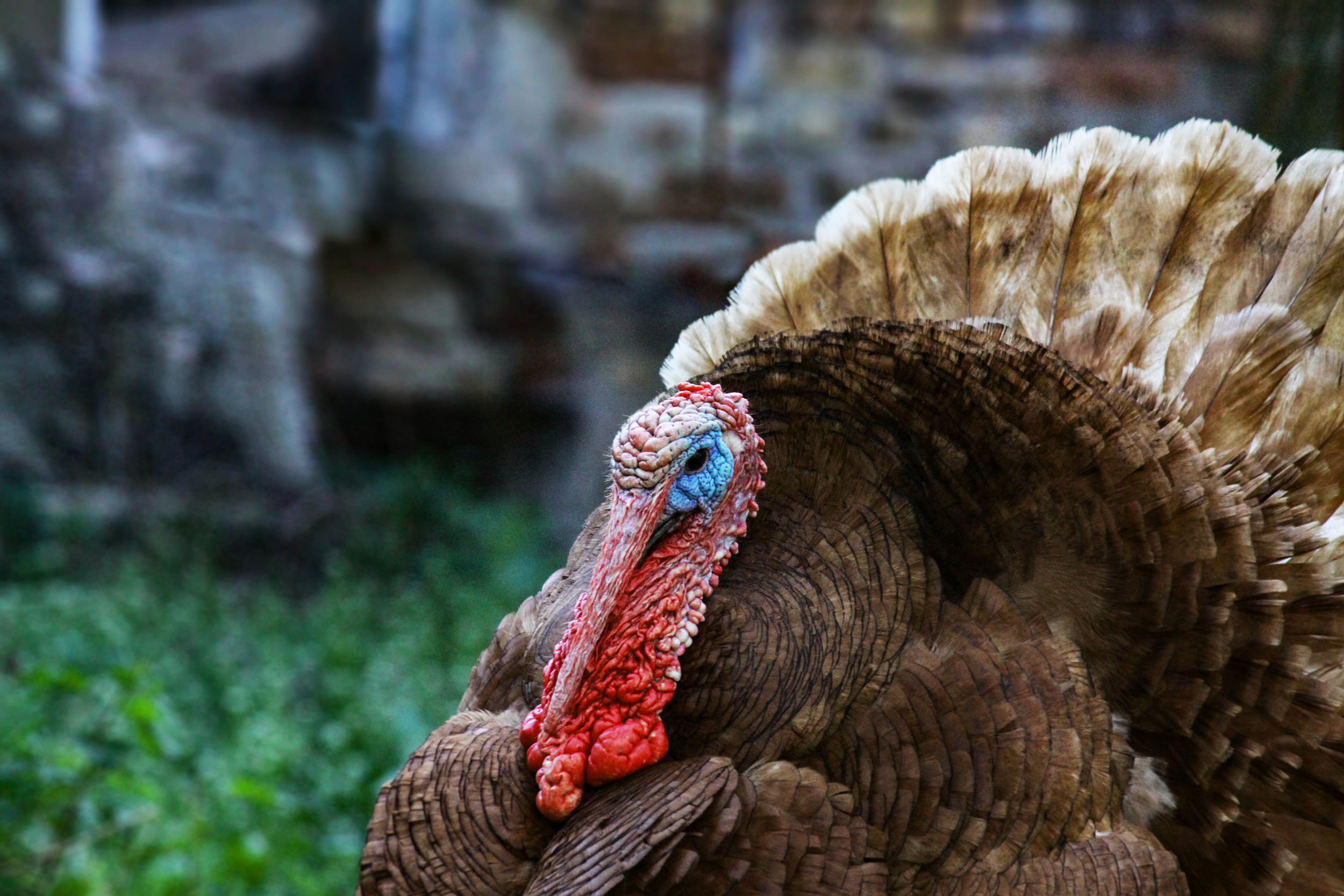
(RNS) — The Hebrew word for “turkey” can be translated as “thanksgiving.” And it has nothing to do with the fact that the bird is traditionally part of American Thanksgiving feasts. It is, rather, the result of Christopher Columbus’ famous mistake.
As we all know, but bears retelling as the season is upon us, the famed Italian explorer (given name: Cristoforo Colombo) was knowledgeable in geography, astronomy and history. But when, while searching for a new sea route to Asia, he reached land in the Caribbean on the first of his famous transatlantic trips in 1492, he believed he had landed off the coast of China, near the Indian subcontinent. And so, he called the indigenous people he encountered “Indios,” Spanish for “Indians.” That name stuck for centuries as the common term for the native peoples of the North American continent.
The Hebrew word for India, mentioned at the start of the Book of Esther, is Hodu (possibly a corruption of “Hindu,” as many Indians call their land Hindustan). The plot thickens.
The word for the bird we call turkey originally referred to the guineafowl, an African bird, a distant relative of our turkey. And since guineafowl were first imported to Europe via the country called Turkey, the North American cousin of the guineafowl was given that name.
Several celebrations in New England history have been identified as the “First Thanksgiving,” although Thanksgiving as a holiday was first documented in 1619, when English settlers arrived in Virginia. The group’s charter declared “that the day of our ships’ arrival at the place assigned for plantation in the land of Virginia shall be yearly and perpetually kept holy as a day of thanksgiving to Almighty God.”
During the British colonial period, various proclamations were made by royal governors and patriot leaders, giving thanks to the Creator for events favorable to their respective causes.
In 1789, President George Washington proclaimed the first nationwide Thanksgiving celebration in America, marking Nov. 26, 1789, as a day of public gratitude and prayer, “to be observed by acknowledging with grateful hearts the many and signal favours of Almighty God” and calling on the citizenry to “unite in most humbly offering our prayers and supplications to the great Lord and Ruler of Nations and beseech him to pardon our national and other transgressions.”
Whether or not turkeys were part of the earliest Thanksgiving meals is unknown. But since the birds were native to, and abundant in, North America and are large and cheaper to raise than livestock, they became a staple of early American communal meals; hence their association with Thanksgiving and their persistence as the centerpiece of contemporary Thanksgiving feasts.
And, since the Hebrew word for India is hodu, Columbus’ mistaken identification of the Americas as the Indies yielded the Hebrew name of the native North American bird: “tarnegol hodu,” or “Indian chicken.” Or, shortened, just hodu.
Here’s where it gets strange. The Hebrew word “hodu,” if the second syllable is stressed, means “give thanks.” It is in the first verse of Psalm 107 and opens each of the first three verses (and the final one) of Psalm 136.
Thus, hodu in Hebrew means — for entirely unrelated reasons — both turkey and thanksgiving.
Stranger still is the fact that, back when the ancient Jewish Holy Temples in Jerusalem functioned, one of the animal sacrifices offered there was a “thanksgiving offering,” brought by individuals who had come safely through a life-threatening crisis.
And there was something unique about that sacrifice. Unlike all of the many different types of offerings common at the temple, it required not only the sacrifice of a sheep or goat (most of the meat of which was to be eaten) but also the offering of 40 loaves of bread. And all of the meat and bread had to be consumed within a single day.
Which meant that the person bringing the offering would likely host a large communal meal, inviting friends, relatives and perhaps even strangers in order to avoid leftovers, which would have to be destroyed.
The understanding of that uniqueness, according to the Italian rabbinic commentator Ovadia ben Yaakov Sforno (1475-1549), was to foster the sacrifice-bringer’s sharing of his or her good with many others, to increase the atmosphere of gratitude.
Those “thanksgiving” feasts predate the earliest American Thanksgiving by a couple of millennia. But their echo is heard over the centuries.
Have a meaningful Thanksgiving!
(Rabbi Avi Shafran writes widely in Jewish and general media and has a Substack here. The views expressed in this commentary do not necessarily reflect those of Religion News Service.)
